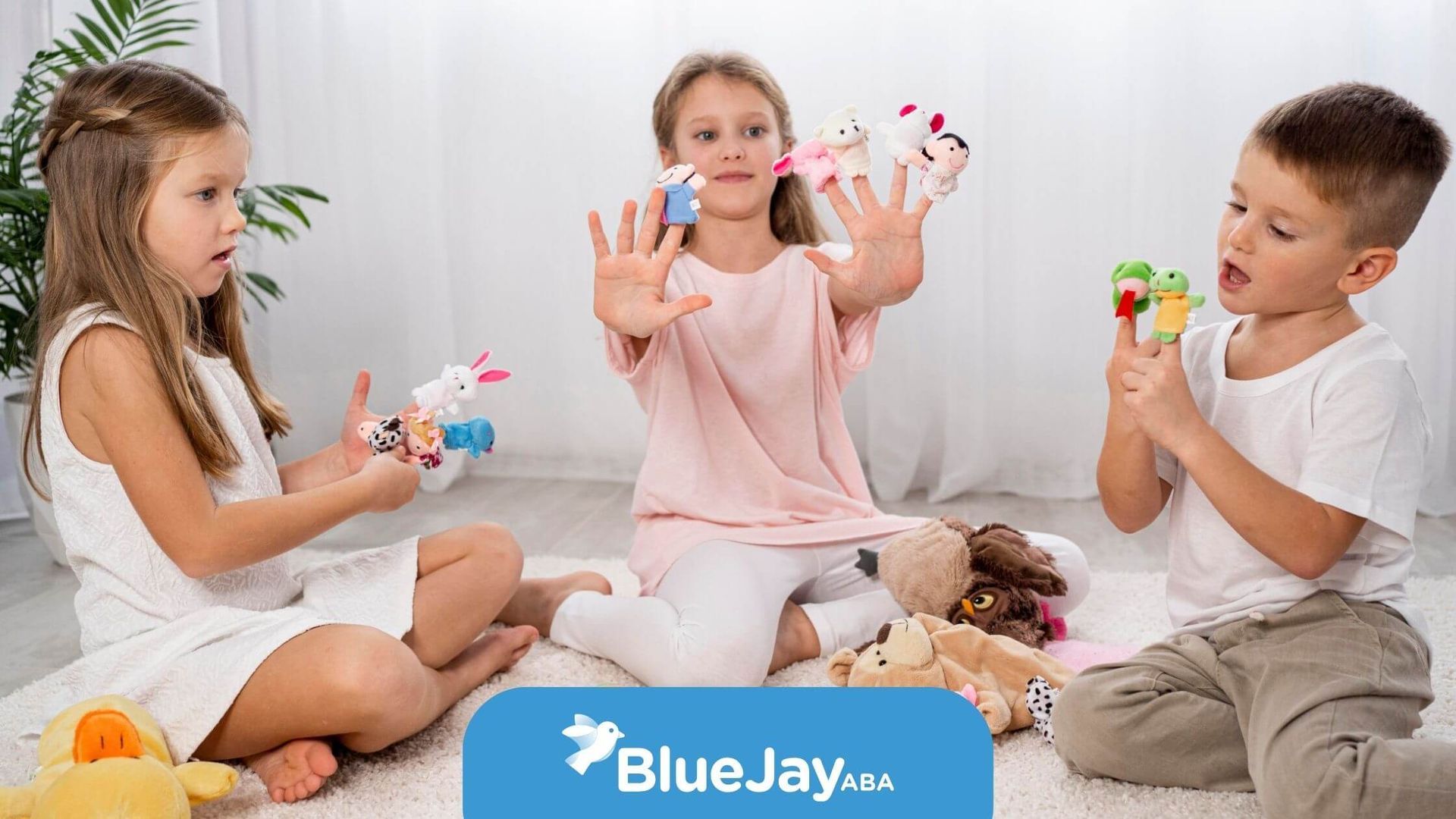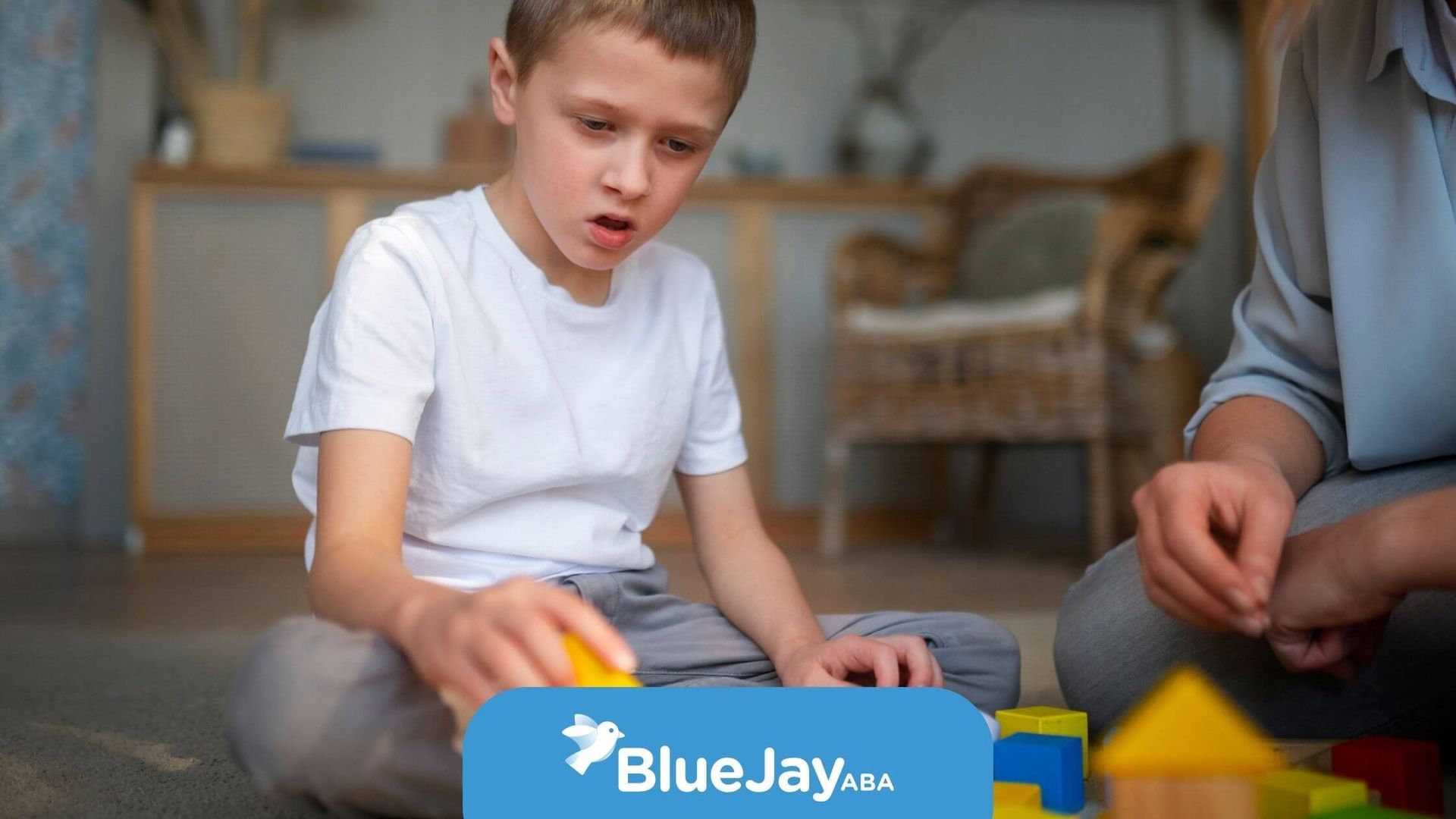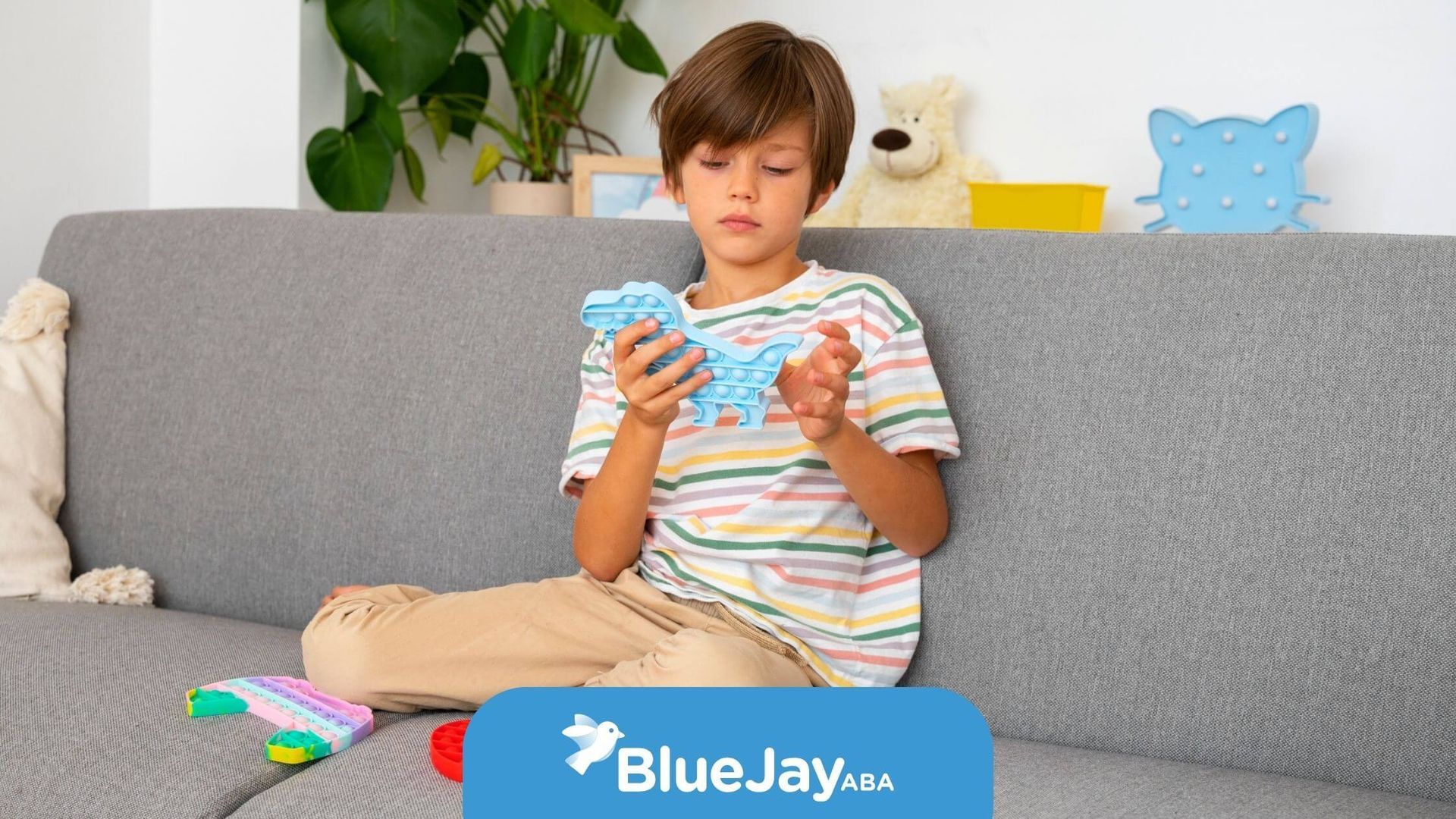How Much Is ABA Therapy Out of Pocket? Costs Explained
ABA therapy is one of the most effective, evidence-based treatments for children with autism—but many families wonder, how much does ABA therapy cost out of pocket?
The cost can vary widely depending on factors such as the provider, the number of therapy hours per week, and the location. On average, ABA therapy may range from $120 to $200 per hour if paid fully out of pocket. Since many children benefit from 10–40 hours of therapy per week, costs can add up quickly.
The good news is that many health insurance plans now cover ABA therapy, either partially or fully, depending on state laws and the family’s policy. Some states also have mandates requiring insurance coverage for autism services.
For families paying out of pocket, providers may offer payment plans, sliding scale fees, or reduced-hour therapy models to make services more accessible.
At Blue Jay ABA, we work with families to review insurance coverage, explore funding options, and create a therapy plan that balances both the child’s needs and the family’s resources.
Frequently Asked Questions
How much does ABA therapy cost per hour out of pocket?
Typically between $120 and $200 per hour, though this may vary.
Is ABA therapy covered by insurance?
In many cases, yes. Coverage depends on your insurance plan and state requirements.
What if my insurance doesn’t cover ABA?
Some providers offer flexible payment options to help families manage costs.
Related Posts






